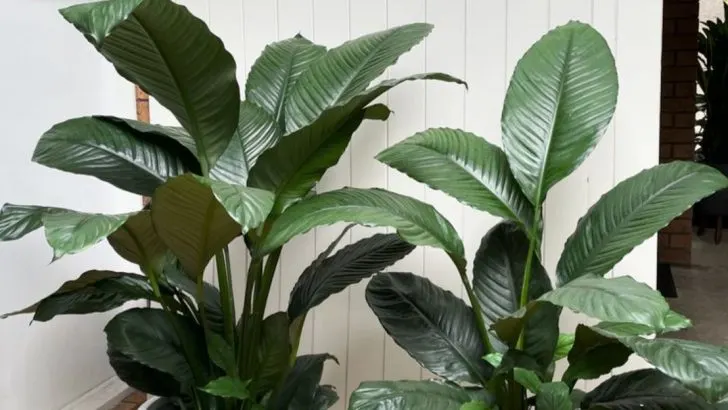There’s a reason houseplants are more popular than ever—they don’t just look good, they make us feel better too. These 15 indoor plants are known to both boost mood and purify the air, bringing calm, clarity, and cleaner breathing into your living space. If your home needs a reset, nature might be the simplest solution.
From the serene peace lily and sturdy snake plant, to cheerful gerbera daisies and the trailing charm of english ivy, each plant on this list does double duty. They quietly remove toxins like benzene and formaldehyde while creating a more uplifting atmosphere. Many also release oxygen at night, making them ideal for bedrooms or spaces where you want to unwind and recharge.
Whether you’re a seasoned plant lover or just starting your indoor jungle, these varieties are low-effort and high-reward. Add one—or a few—and let your home become a calmer, cleaner, and more vibrant place to be.
Snake Plant
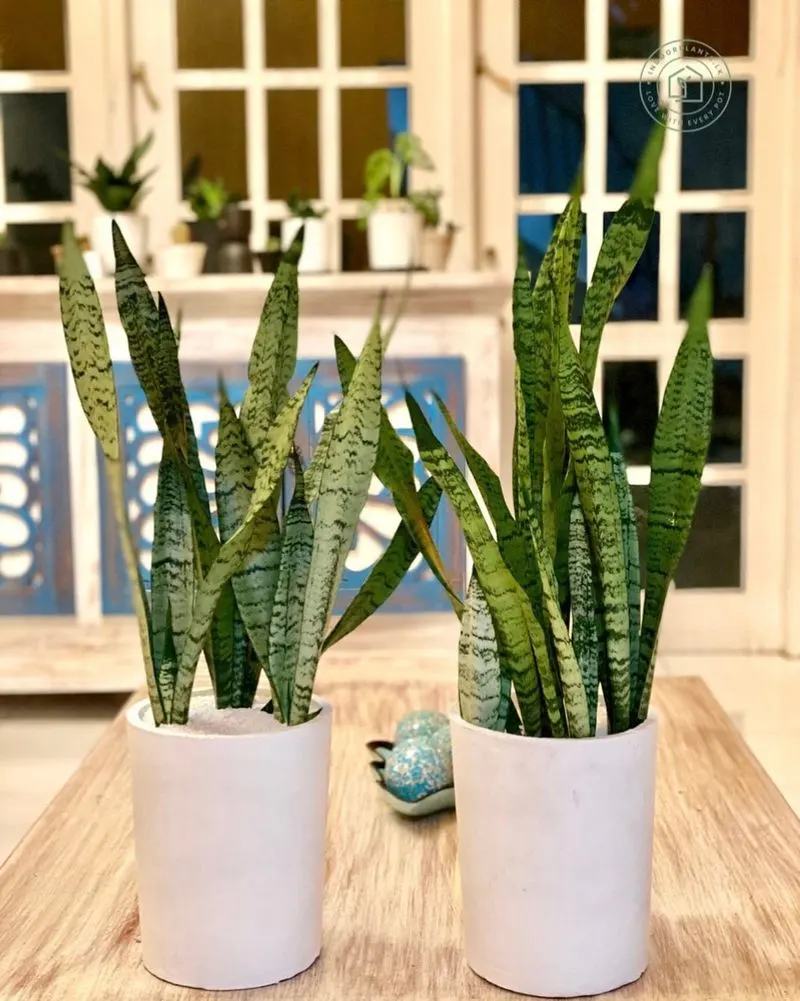
Often termed the “bedroom plant,” the snake plant is renowned for its ability to convert CO2 into oxygen at night. Its architectural form adds a striking visual element to any room. This low-maintenance marvel can thrive on neglect, making it perfect for busy lifestyles. In addition to its air-purifying properties, it’s said to bring good luck to its owners. With its hardy nature, this plant is a favorite even for those who may occasionally forget to water their greenery. Such resilience has earned it a place in many homes worldwide.
Peace Lily
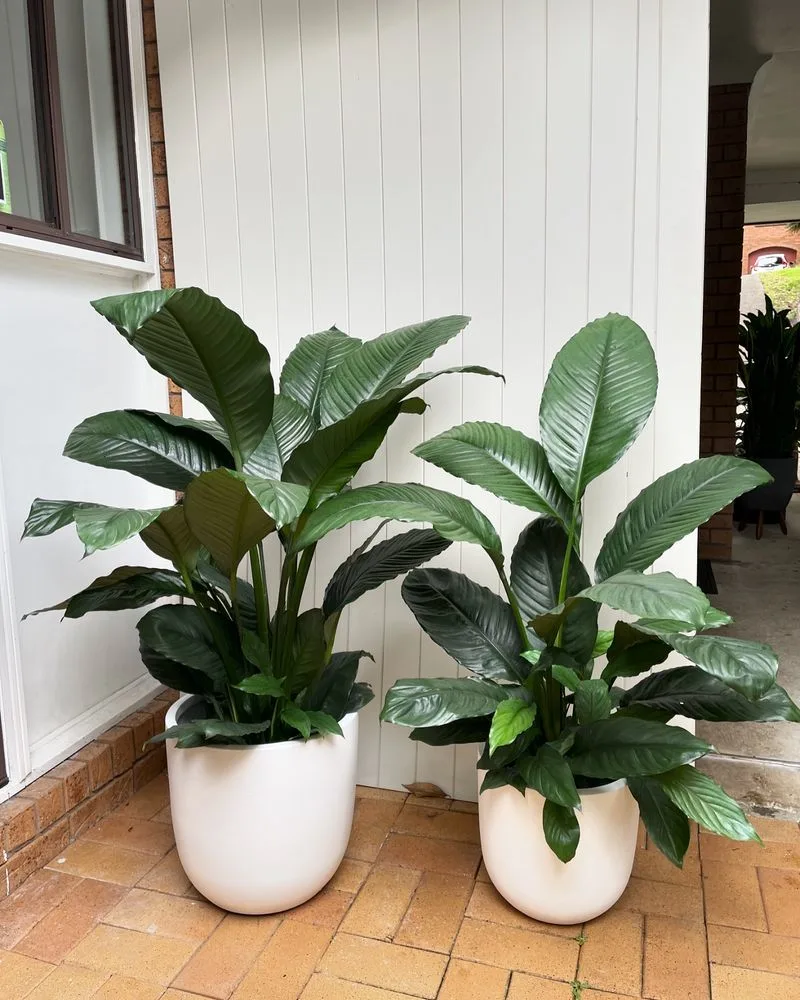
The peace lily is more than just a pretty face; it’s a powerhouse for improving air quality. Known for its ability to remove toxins like ammonia and benzene, it also boasts beautiful white blooms that can enhance any interior. This plant is ideal for shaded areas, bringing life to spaces where other plants might falter. While it does require regular watering, the effort pays off with lush growth and vibrant flowers. Often associated with tranquility, the peace lily can transform your home into a serene sanctuary.
Aloe Vera
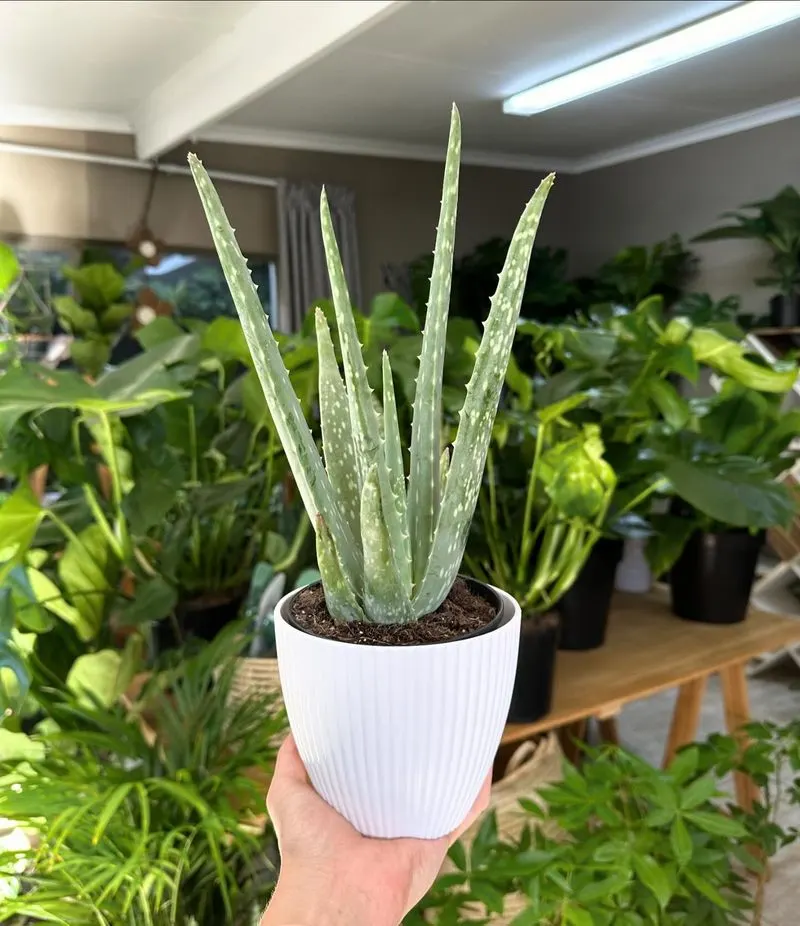
Aloe vera is not just famous for its soothing gel; it also excels at filtering formaldehyde and benzene. This succulent is a stylish addition to any kitchen or office, thriving in sunny spots. Its spiky leaves store water, making it drought-resistant and simple to care for. Beyond its air-purifying capabilities, aloe vera brings a touch of the exotic with its unique appearance. Historically, it has been a symbol of protection and healing, cherished for its medicinal properties as well as its decorative appeal.
Spider Plant

Spider plants are known for their easygoing nature and their ability to purify the air. They are particularly effective at removing pollutants such as carbon monoxide and xylene. Their long, arching leaves create an eye-catching display, making them ideal for hanging baskets. These plants are also pet-friendly, ensuring a safe environment for curious cats and dogs. Spider plants can adapt to various light conditions, thriving in both bright and low-light areas. Their resilience and beauty make them a household favorite.
Boston Fern
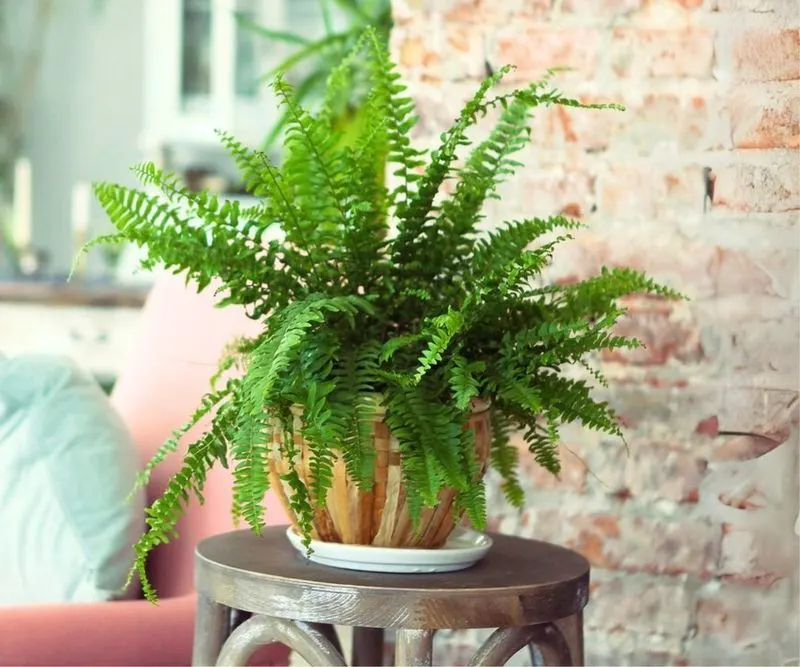
Boston ferns are cherished for their ability to add texture and life to any room. Known for removing pollutants like formaldehyde, they’re also great for humidifying dry indoor air. Their feathery fronds create a lush, tropical vibe that’s hard to resist. While they do require regular misting to maintain their lushness, ferns reward care with vigorous growth. This plant’s historical roots trace back to the Victorian era, where it adorned many parlors. Its classic appeal and air-purifying qualities make it an enduring favorite.
Rubber Plant

The rubber plant stands out with its bold foliage and impressive air-purifying capacity. It’s effective at removing toxins like formaldehyde, making it a practical and beautiful addition to homes and offices. With its striking, dark green leaves, it serves as a natural statement piece. This plant prefers bright, indirect light and moderate watering. Known for its adaptability, the rubber plant has been a favorite since the Victorian era. Its ability to blend with modern decor while improving air quality is unmatched.
Dracaena
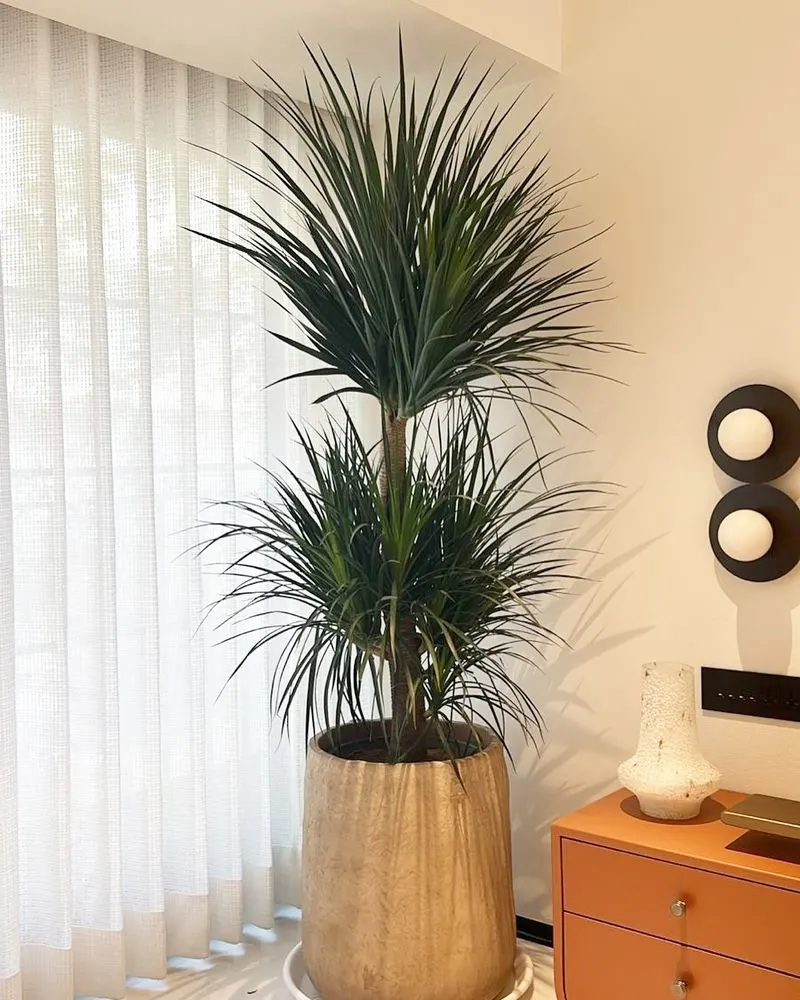
Dracaenas are celebrated for their striking appearance and air-cleaning abilities. They efficiently remove pollutants like trichloroethylene and formaldehyde. With leaves that can range from vibrant green to variegated patterns, they add dynamic interest to interiors. These plants are forgiving, tolerating low light conditions and irregular watering schedules. Their dramatic stature complements modern spaces beautifully. As natural humidifiers, dracaenas improve the overall moisture balance indoors, contributing to a healthier living environment.
English Ivy

English ivy is famed for its cascading vines and ability to thrive in various conditions. It’s known to filter airborne mold and other toxins, making it an excellent choice for allergy sufferers. This versatile plant can be trained to climb trellises or spill elegantly from baskets. Its adaptability to different light environments makes it an easy addition to homes. While it requires regular watering, English ivy’s ability to improve indoor air quality while adding graceful greenery is unparalleled.
Bamboo Palm
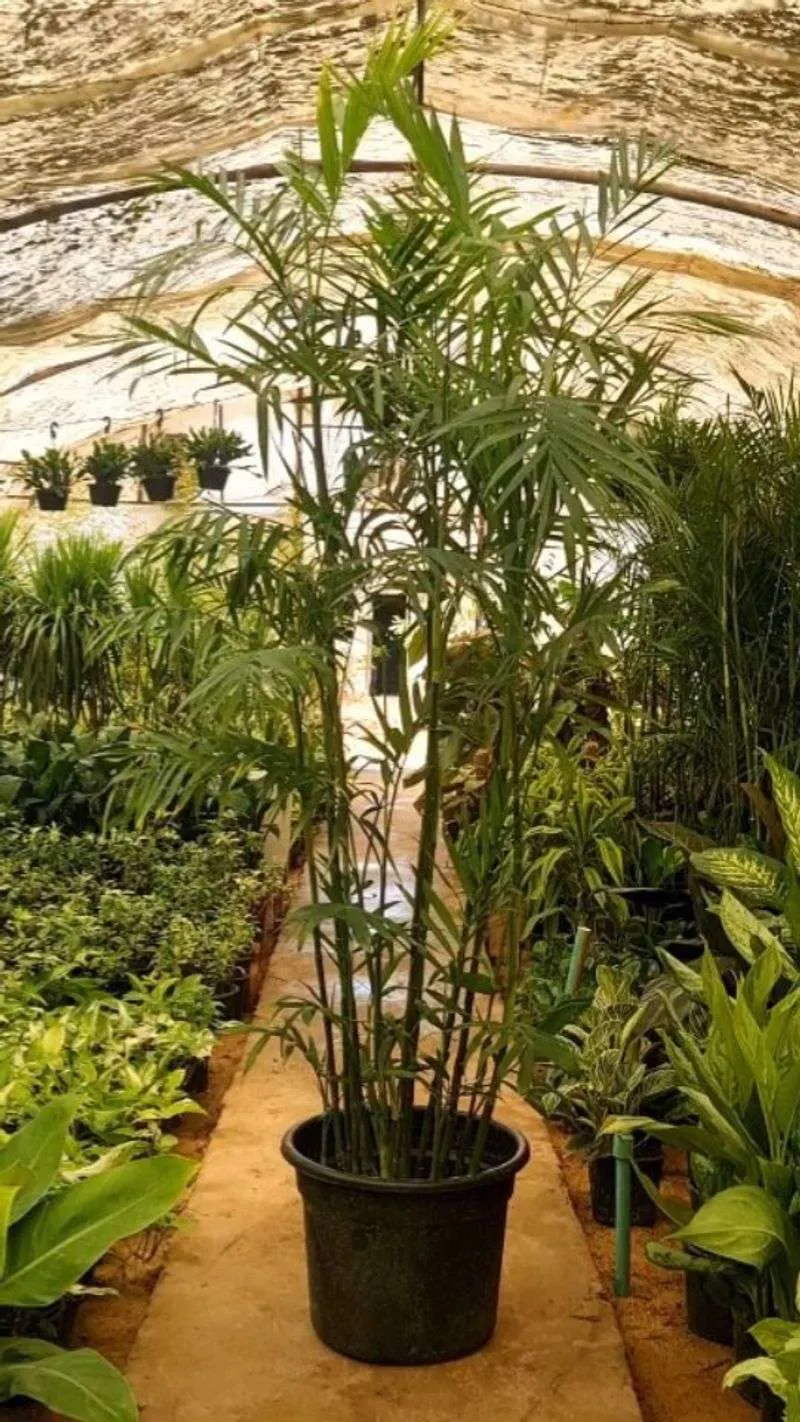
The bamboo palm brings a touch of the tropics indoors with its elegant fronds. It’s noted for being particularly effective at filtering out formaldehyde, benzene, and trichloroethylene. As an added bonus, it acts as a natural humidifier, helping to maintain comfortable moisture levels indoors. Suitable for bright, indirect light, it thrives with regular watering. In Feng Shui, bamboo palms are believed to bring good fortune and positive energy. Their graceful presence can elevate any room’s ambiance.
Ficus
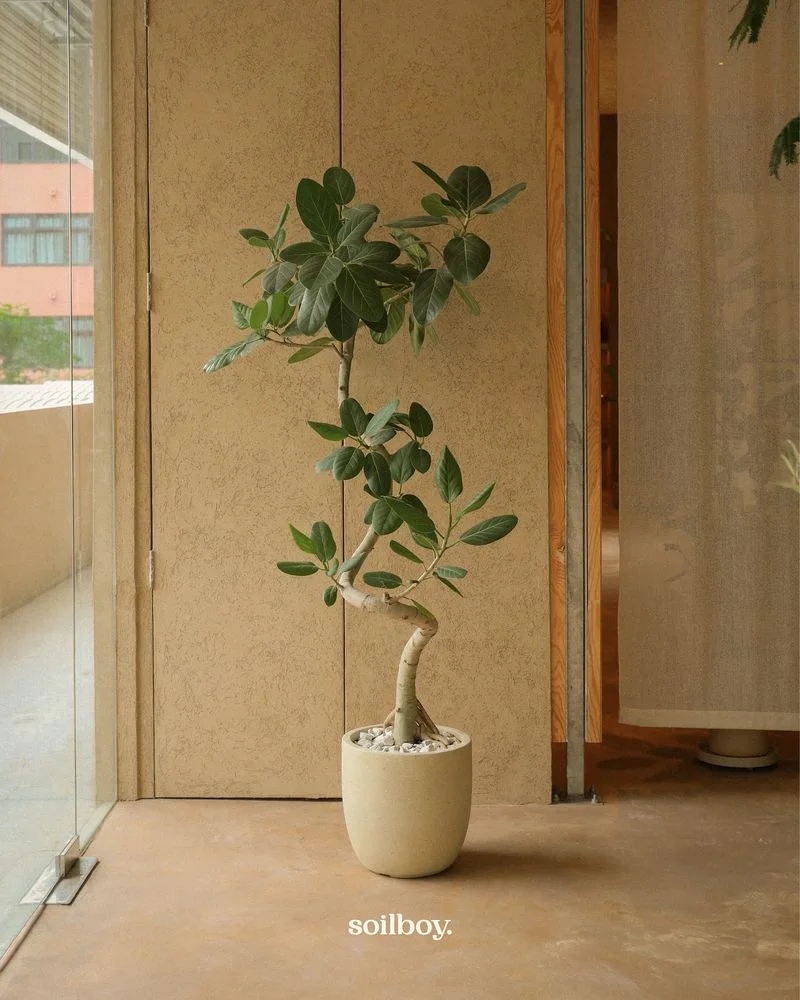
The ficus is admired for its tree-like appearance and robust nature. It’s proficient at removing common indoor air pollutants, contributing to a cleaner environment. This plant can adapt to various lighting conditions but prefers bright, indirect sunlight. Regular watering is key to maintaining its lush foliage. Ficus has been a revered houseplant for decades, symbolizing abundance and prosperity. Its ability to grow into a commanding indoor tree makes it a standout choice for plant enthusiasts.
Pothos

Pothos is often dubbed the “devil’s ivy” due to its resilience and ability to thrive in dim conditions. It’s a champion at filtering toxins like xylene and benzene, making it a favorite for improving indoor air quality. The plant’s cascading vines are perfect for adding vertical interest to rooms. Easy to propagate and maintain, pothos is suitable for those new to plant care. Its low maintenance and impressive ability to clean the air make it a beloved choice for homes and offices alike.
Parlor Palm

The parlor palm exudes elegance and grace with its feathery fronds and compact stature. It’s highly effective at removing indoor air pollutants, bringing a breath of fresh air into any space. This plant thrives in low light conditions, making it ideal for darker corners of the home. Regular watering and misting help maintain its healthy glow. Historically, the parlor palm was a symbol of social status during the Victorian era, gracing many parlors with its refined beauty.
ZZ Plant
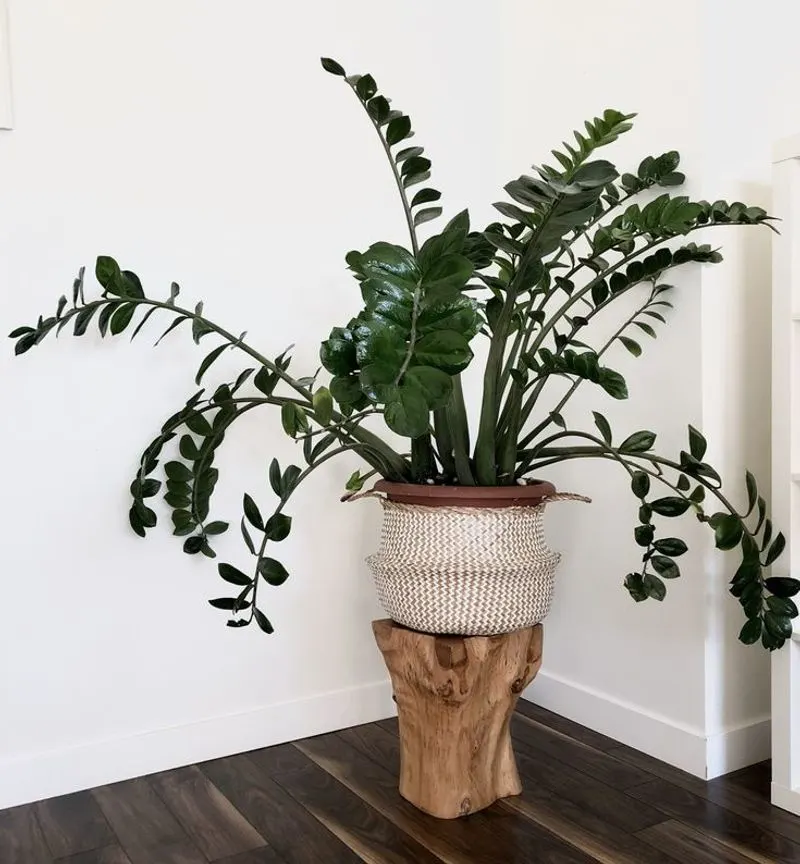
ZZ plants are the epitome of low-maintenance elegance. Their waxy, dark green leaves not only add a touch of glamour but also excel at purifying the air. They tolerate low light and infrequent watering, making them perfect for busy individuals. Each stem is a testament to endurance, thriving even in challenging environments. The ZZ plant’s resilience and glossy foliage have made it a trendy choice in modern decor. With minimal care, it rewards owners by lifting both mood and air quality.
Areca Palm
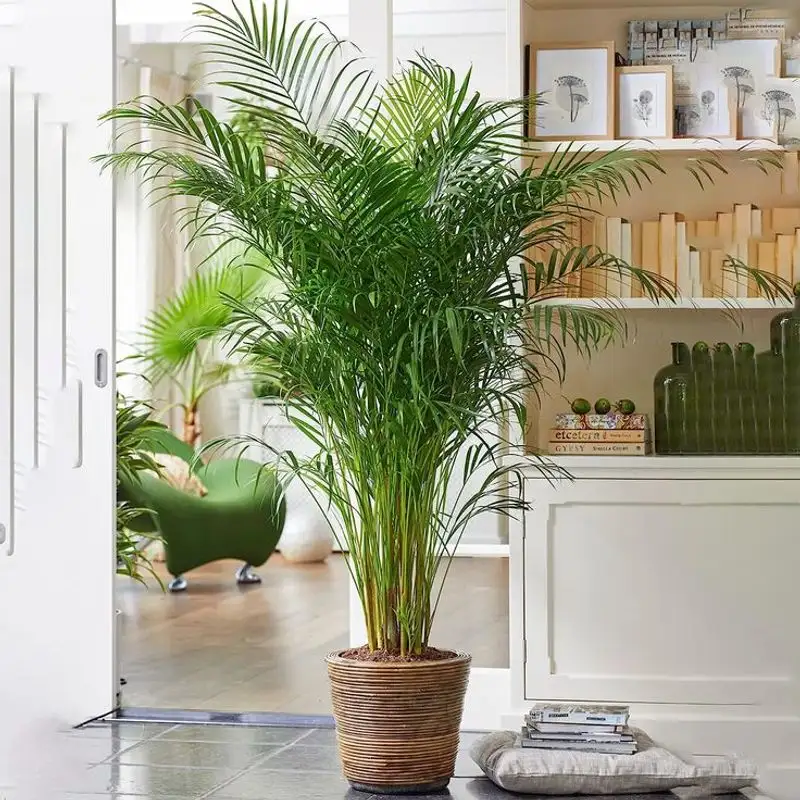
The areca palm is known for its light, feathery fronds that sway gently with the breeze. It’s particularly effective at humidifying indoor air and removing toxins like formaldehyde and xylene. This plant thrives in bright, indirect sunlight and enjoys regular watering. As one of the most popular indoor palms, it is often associated with prosperity and well-being. Its graceful presence can transform living spaces into inviting havens of greenery and tranquility.
Jade Plant

The jade plant is celebrated for its plump leaves and symbolic representation of good fortune. Known for its air-purifying abilities, it also adds a charming touch to various settings. This succulent prefers bright light and infrequent watering, storing moisture in its fleshy leaves. Often regarded as a “money tree,” the jade plant is a popular gift with its connotation of prosperity. Its ease of care and attractive appearance make it a staple in many homes and offices.

